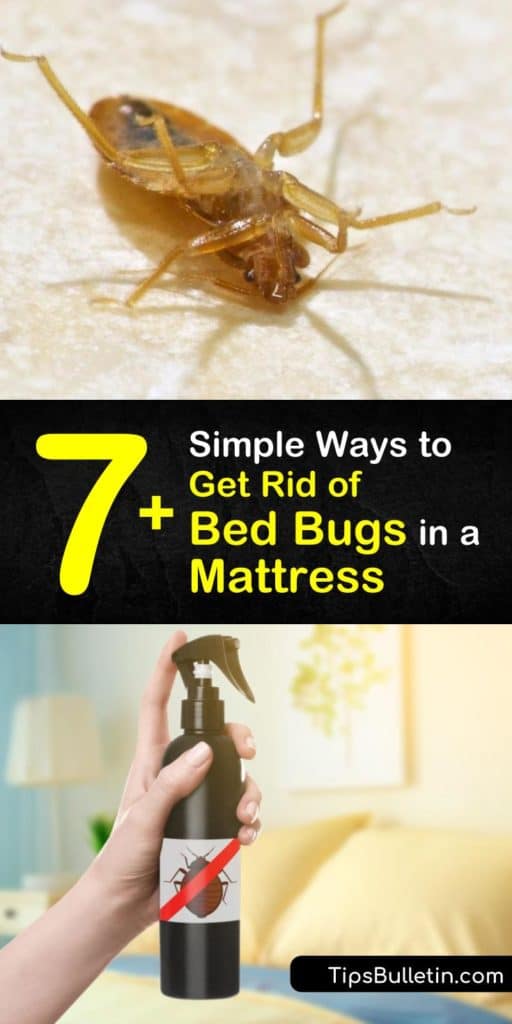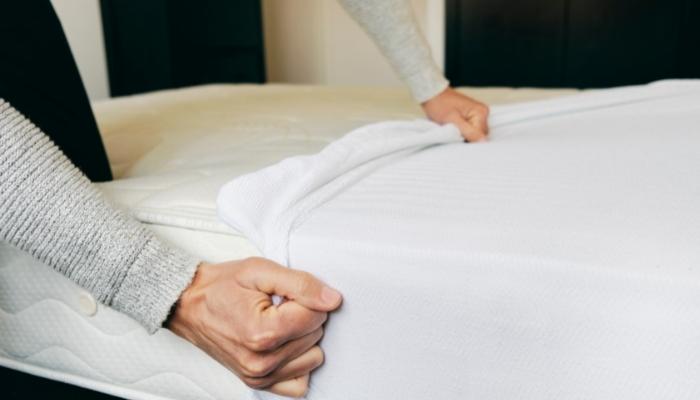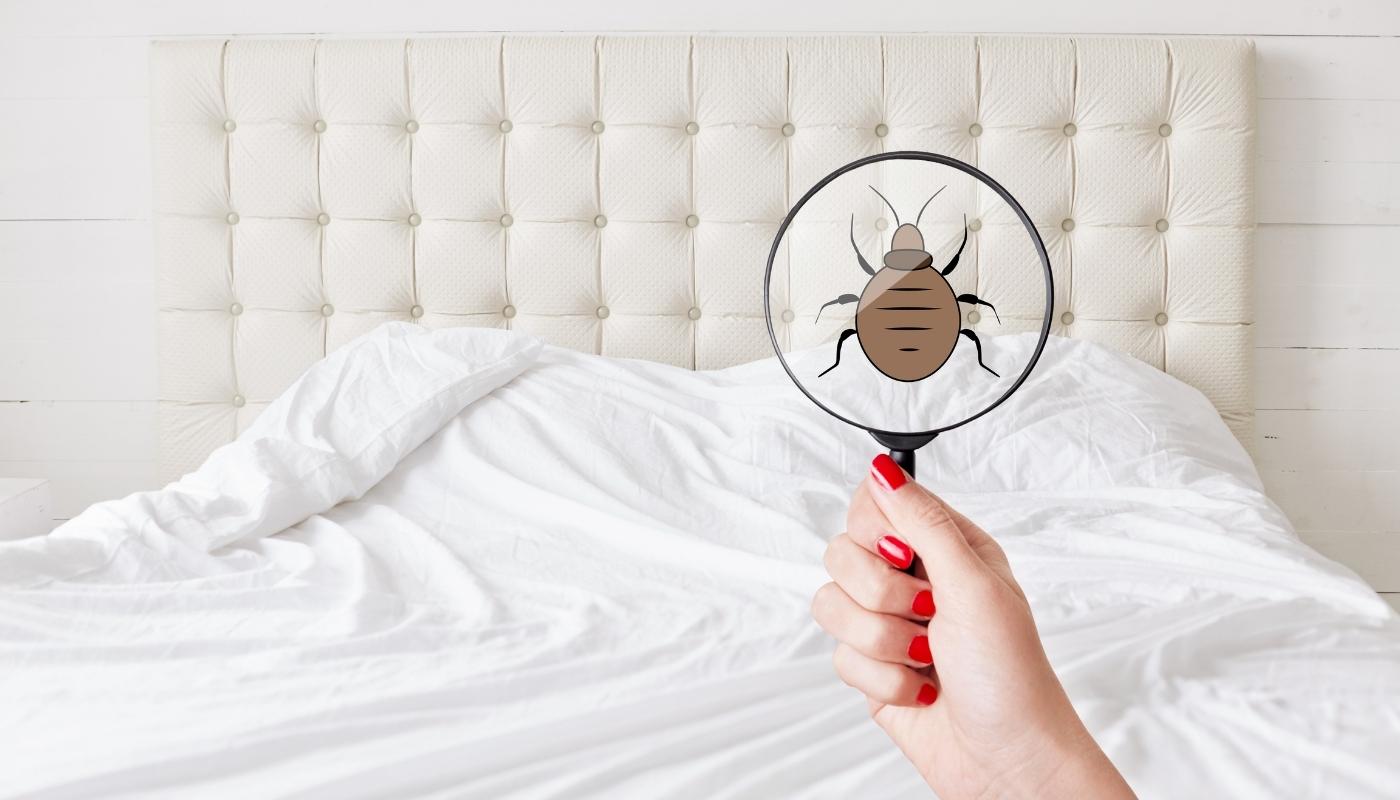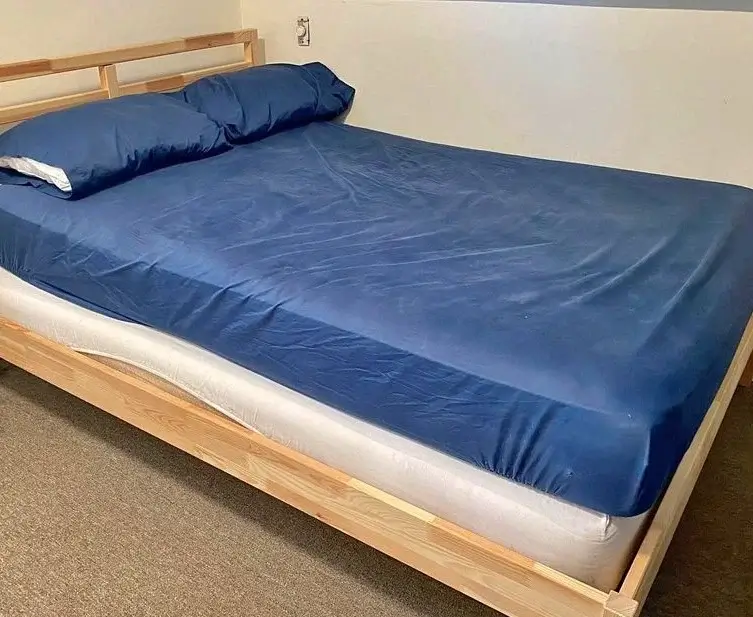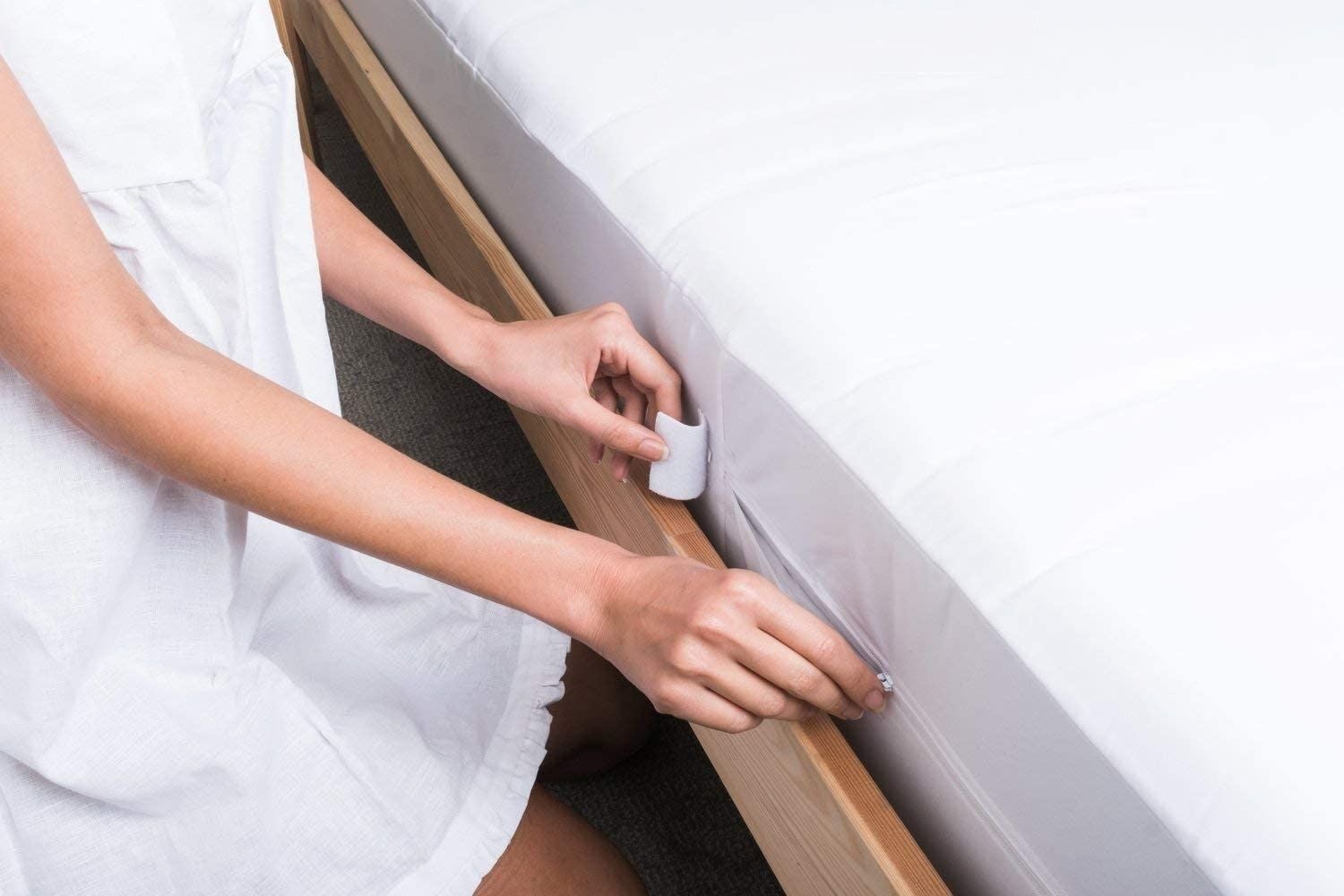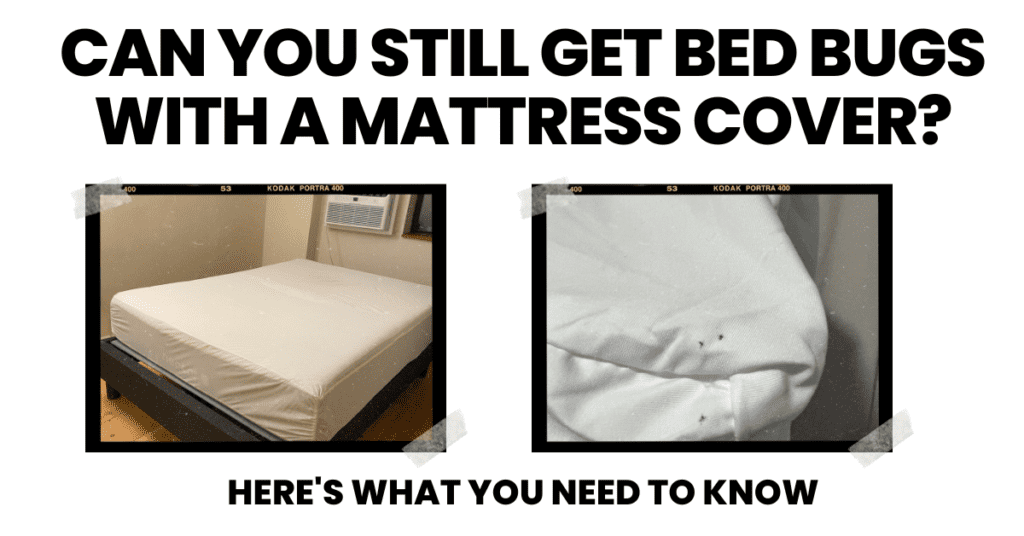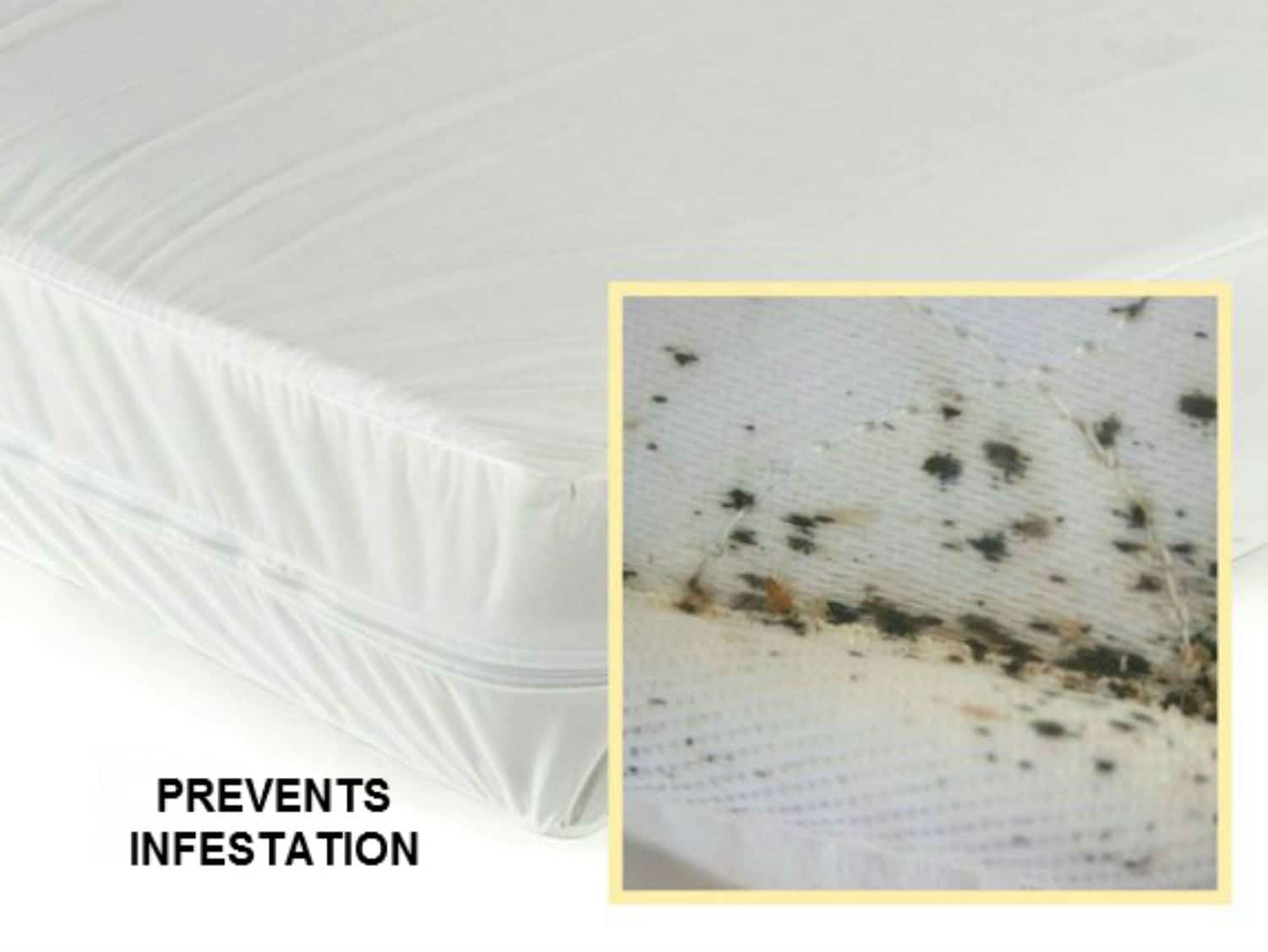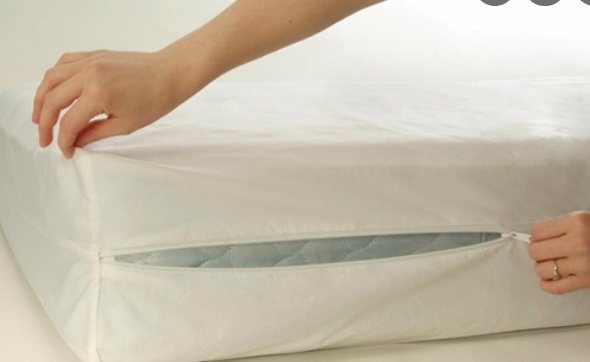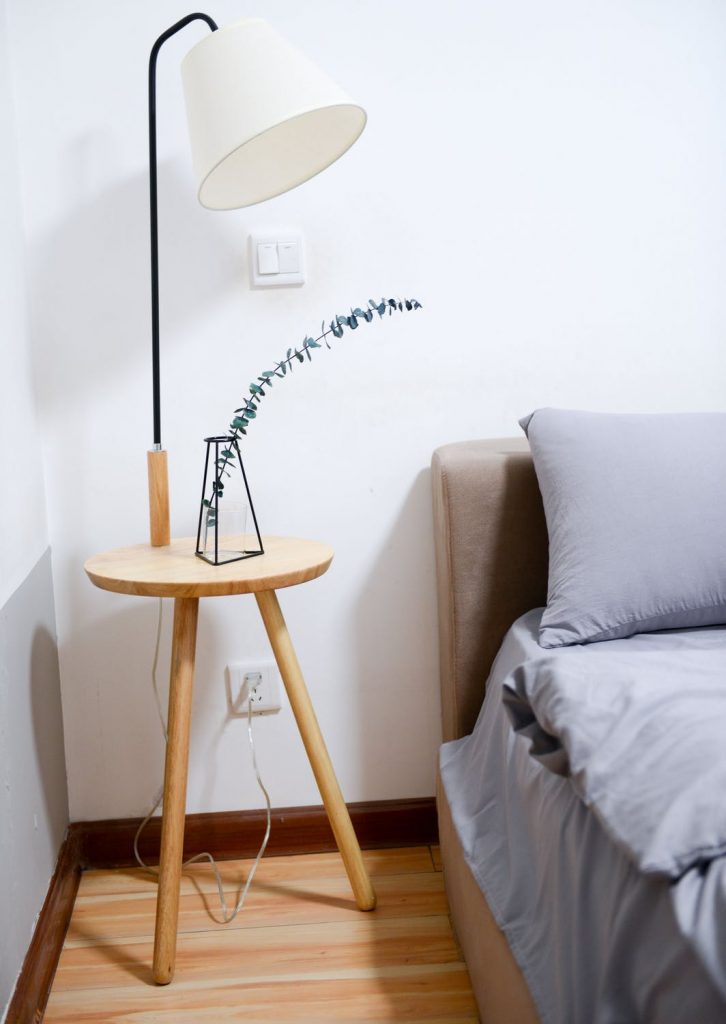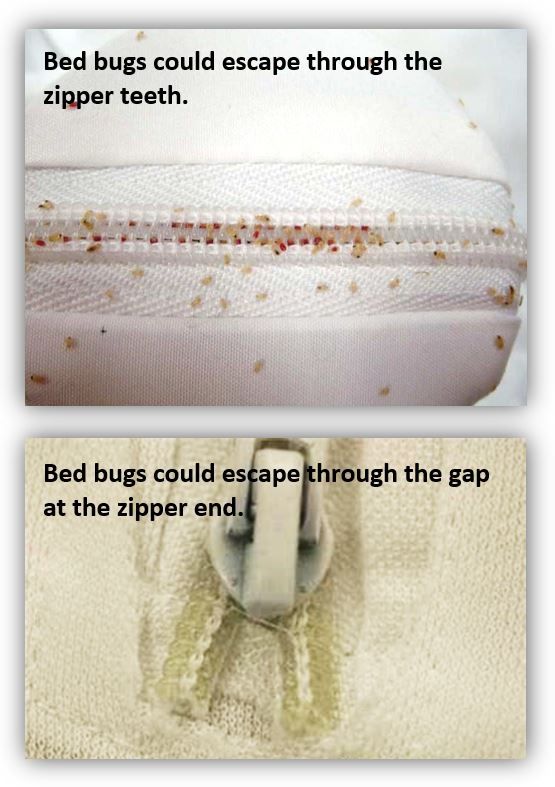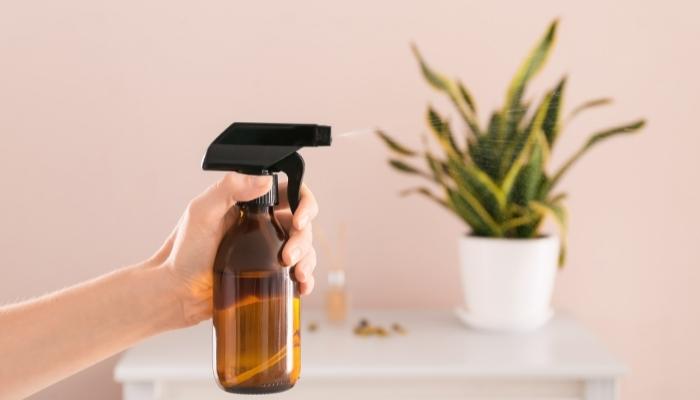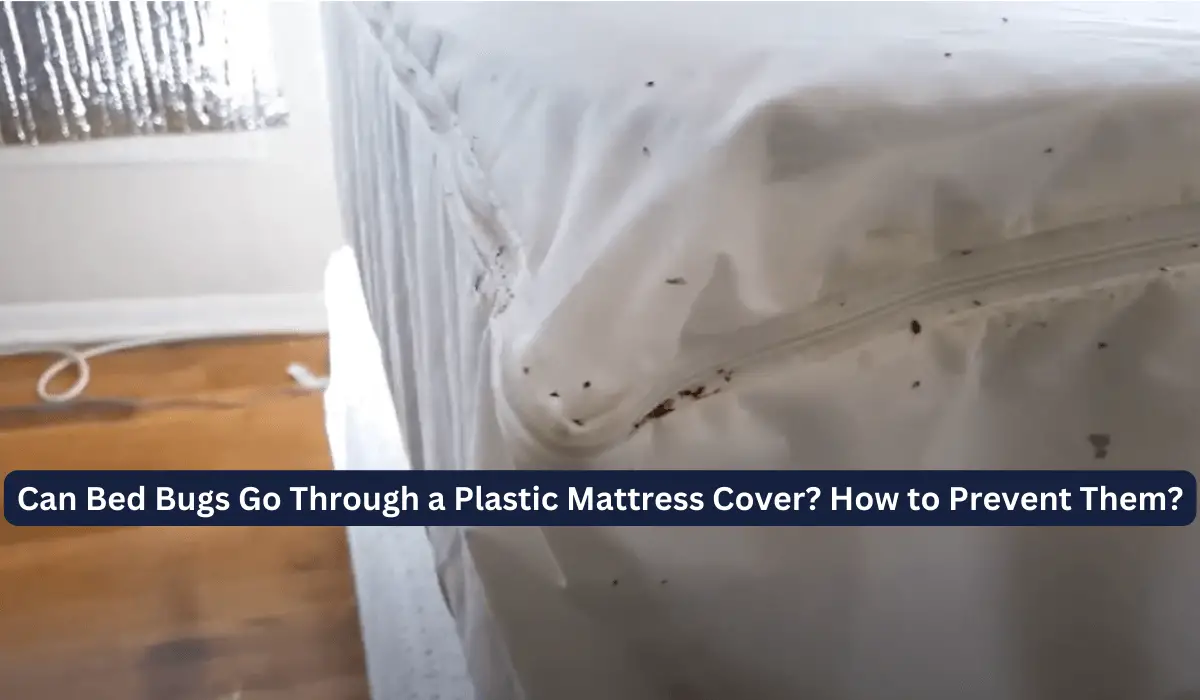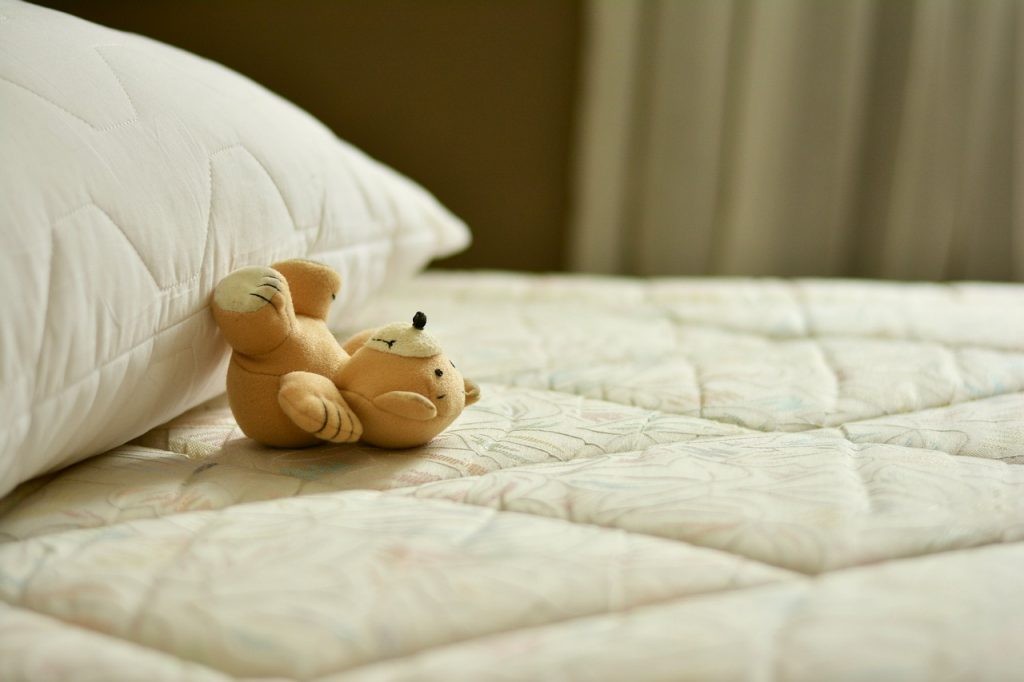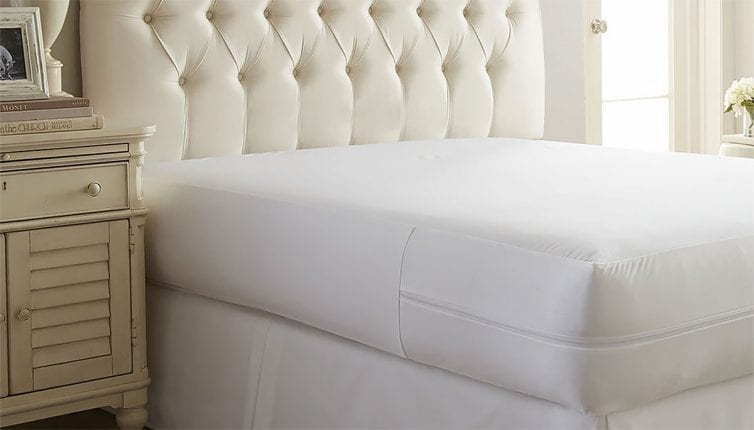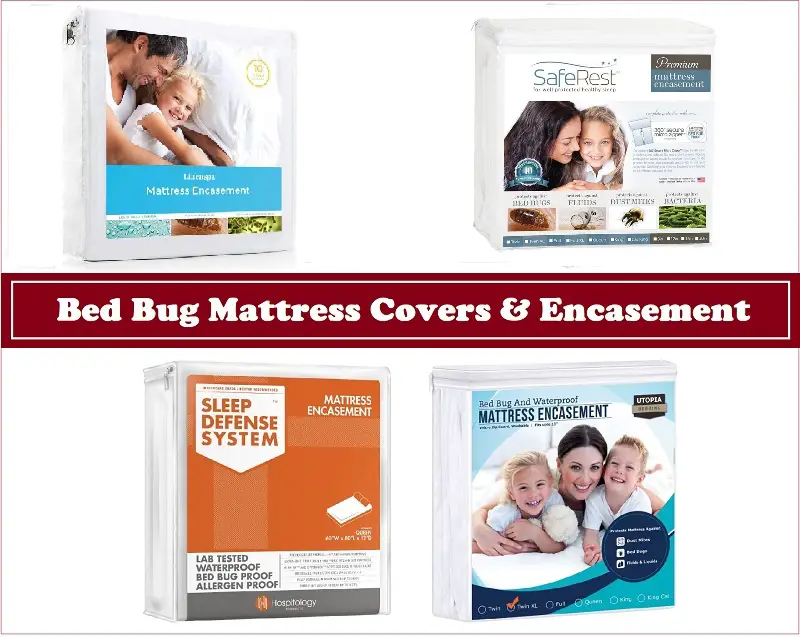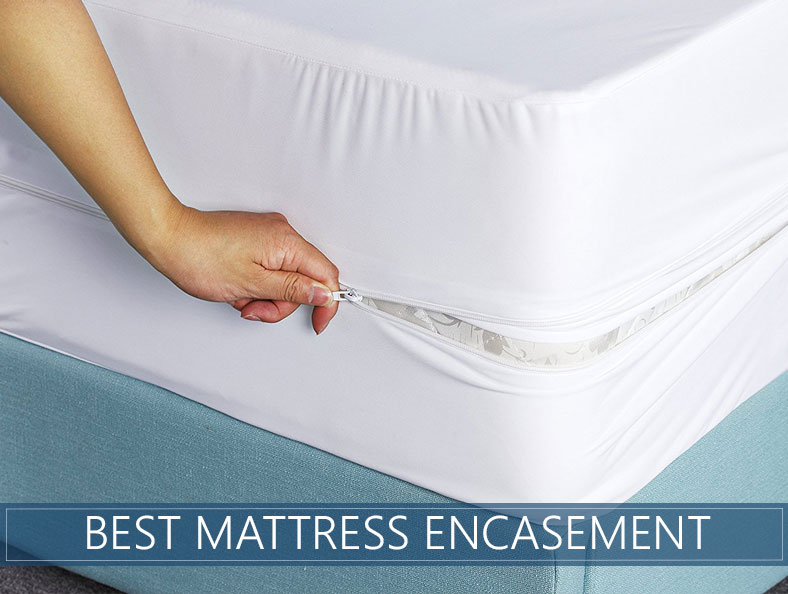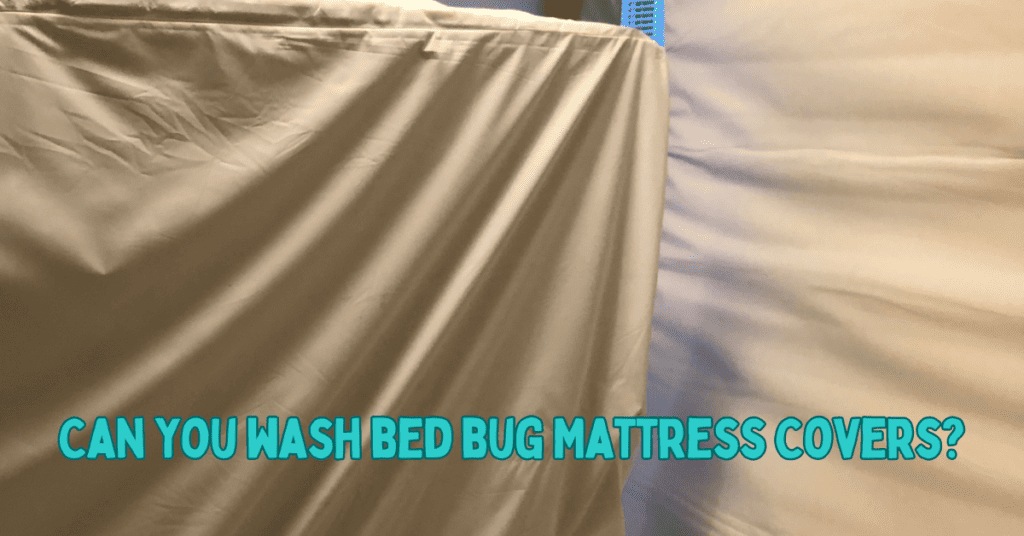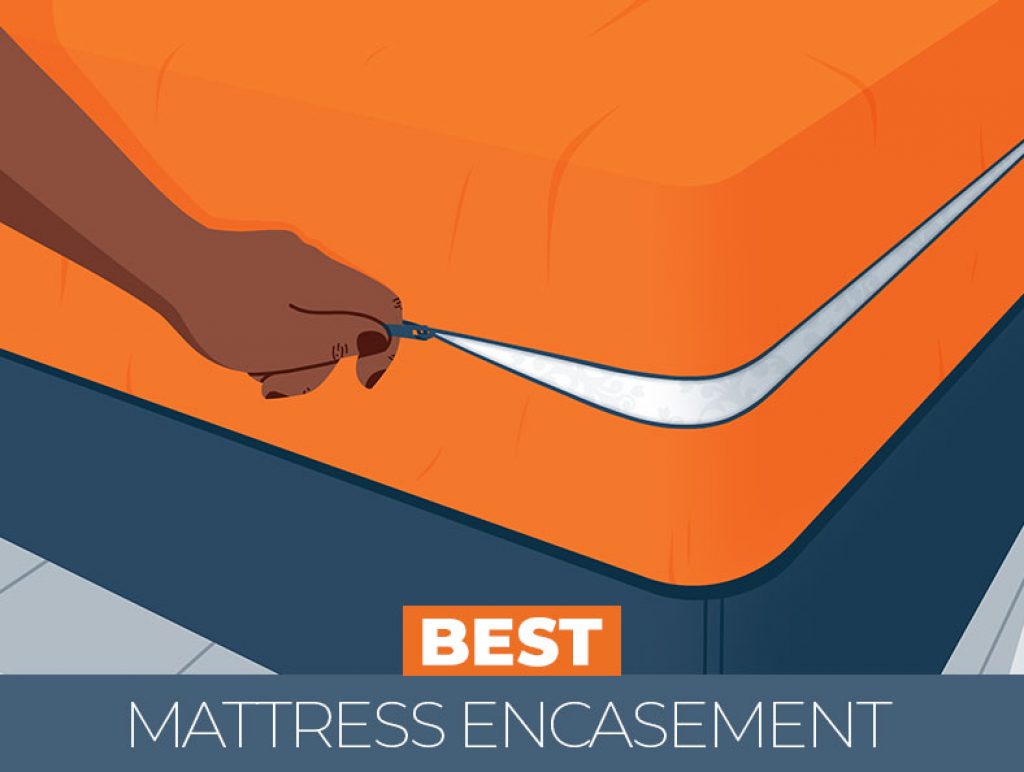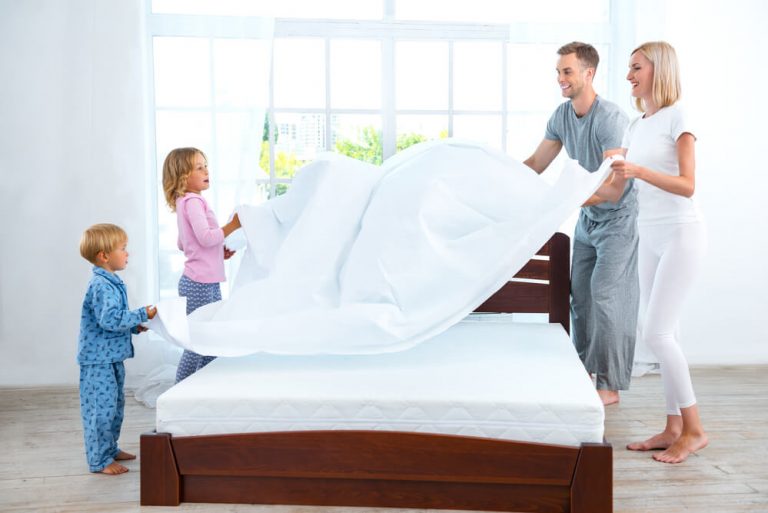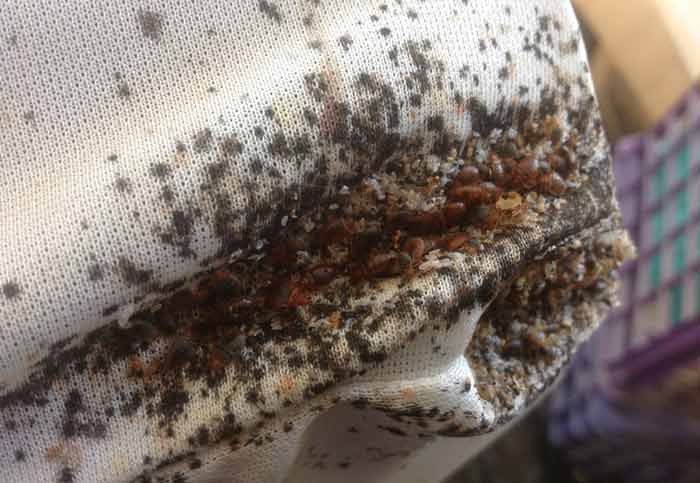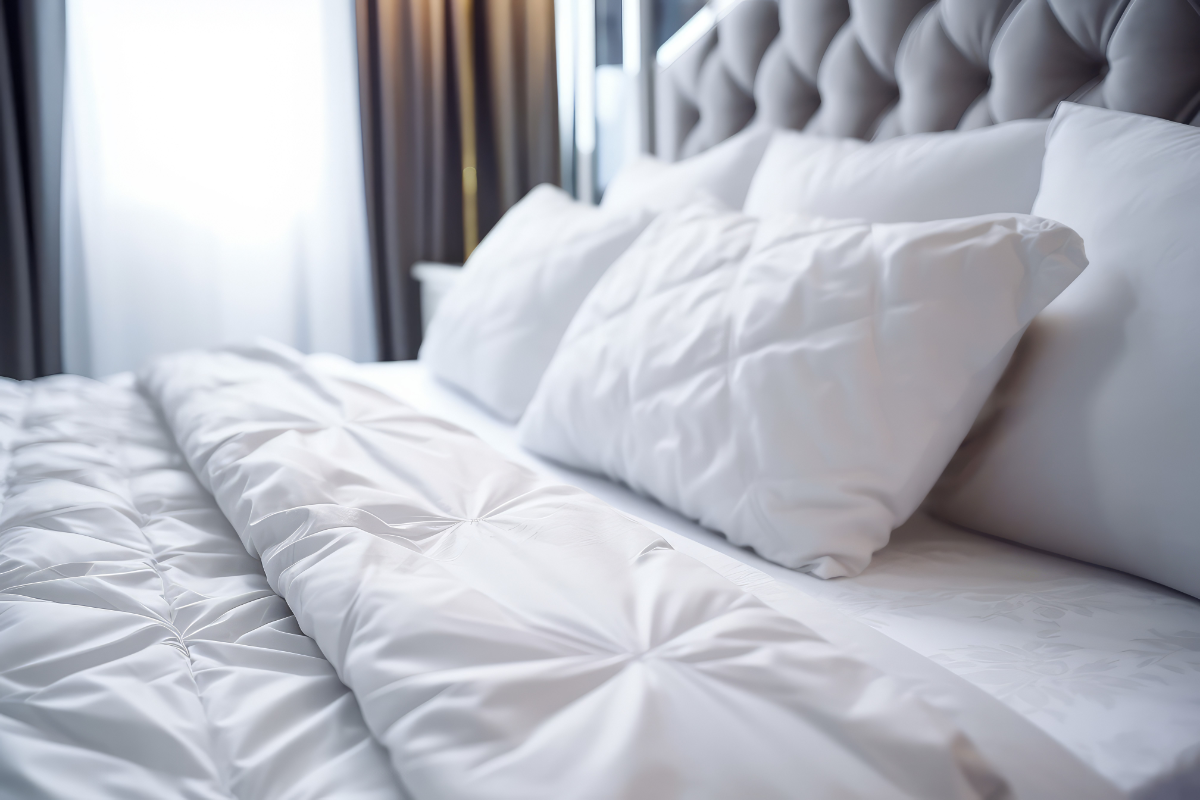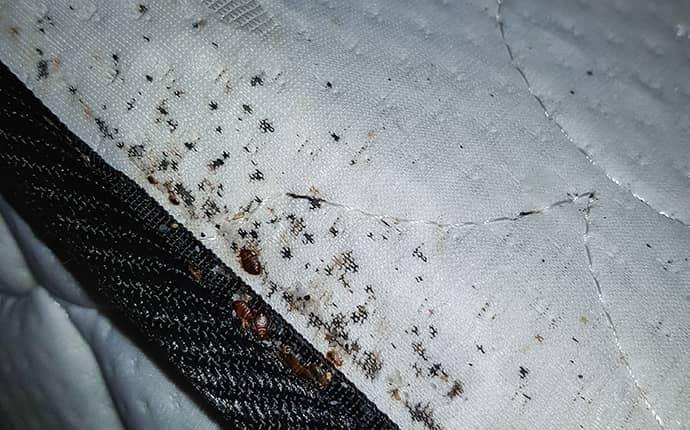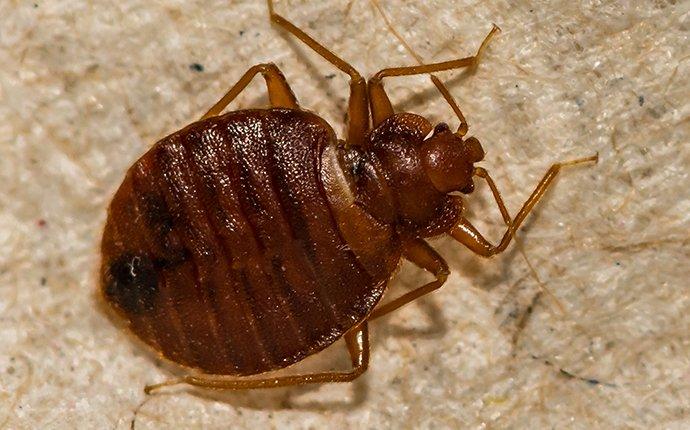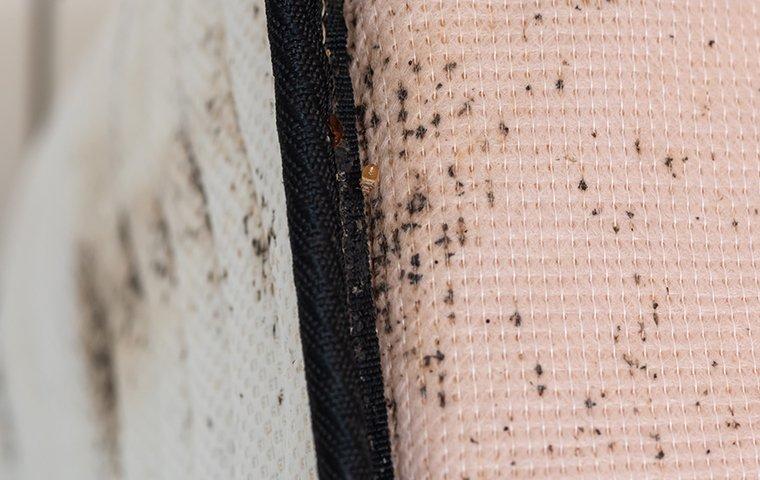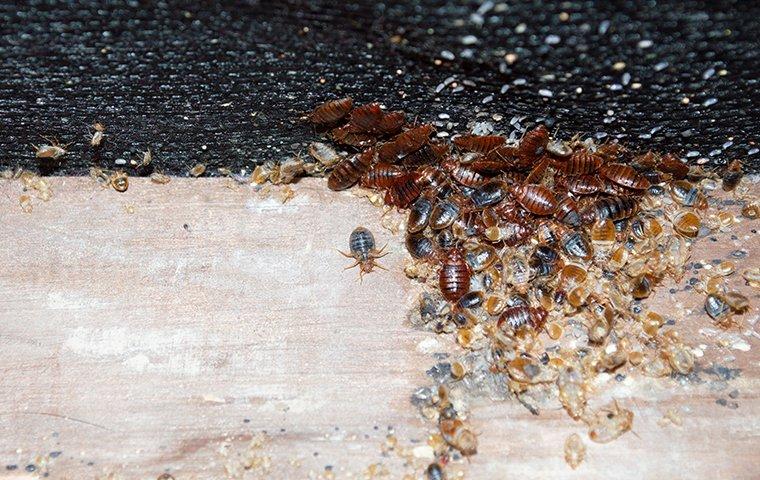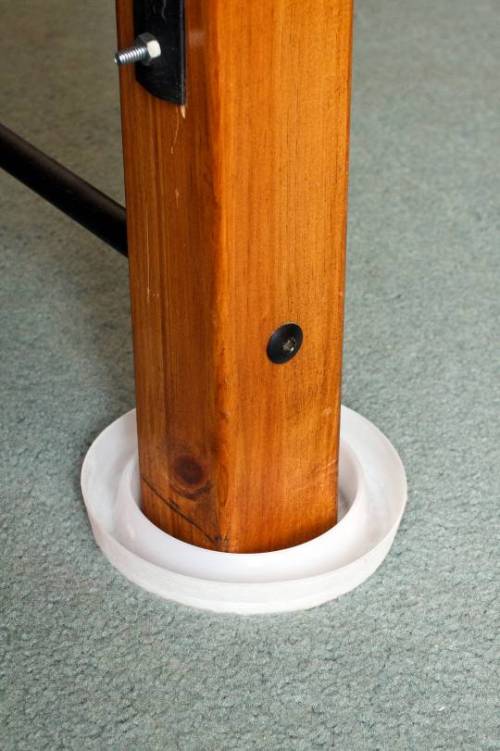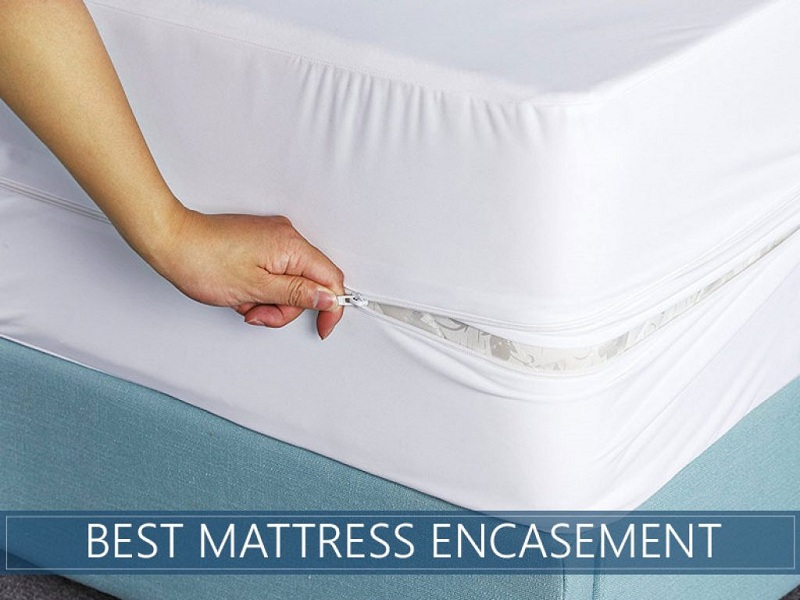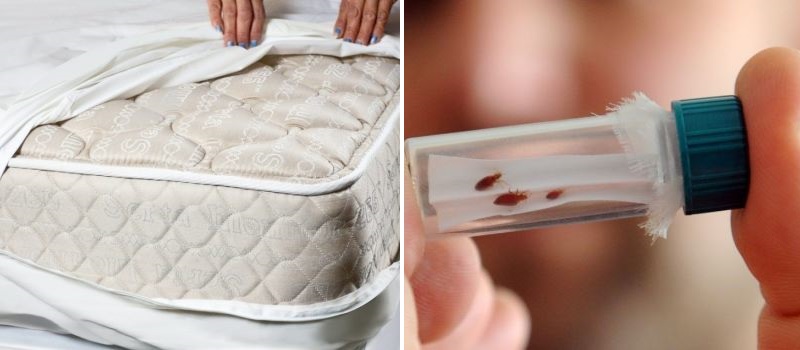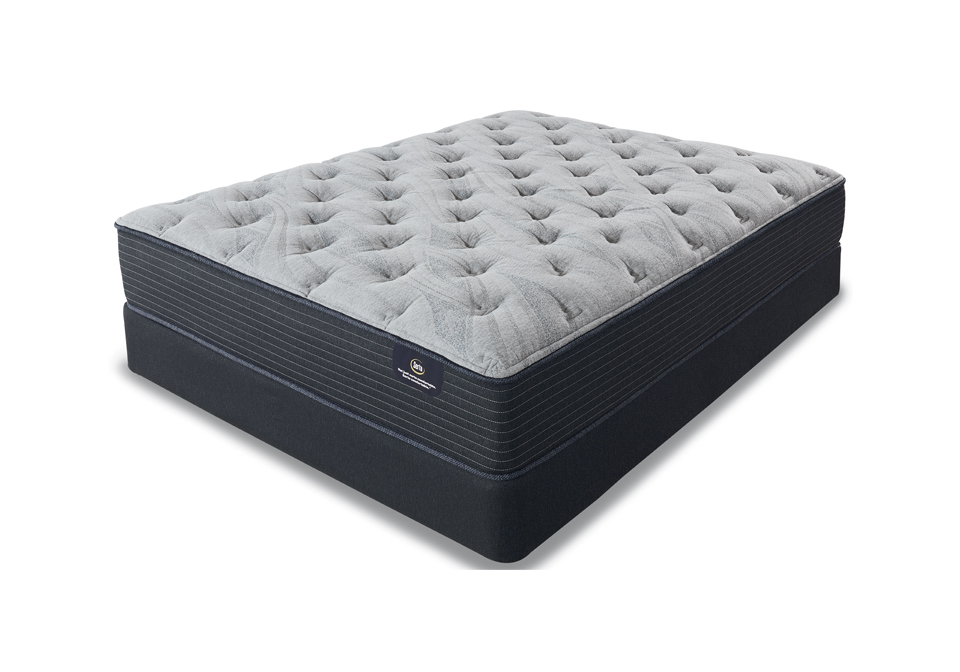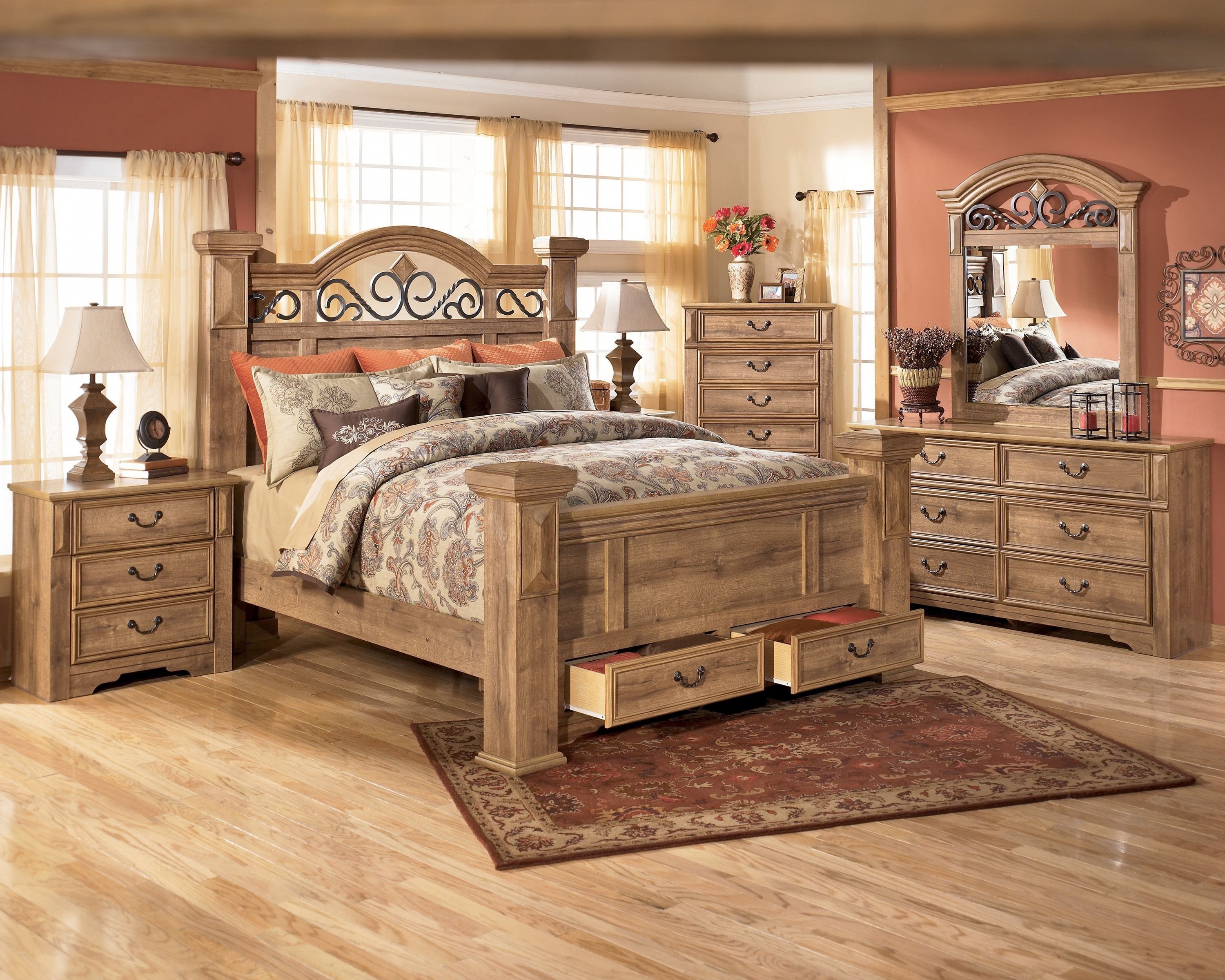1. How to Use a Mattress Cover to Prevent Bed Bugs
Bed bugs are a common household pest that can wreak havoc on your sleep and cause itchy, uncomfortable bites. One of the best ways to prevent bed bugs from infesting your mattress is by using a mattress cover. But how exactly do you use a mattress cover to prevent bed bugs?
The first step is to choose a mattress cover specifically designed for bed bug protection. Look for covers that are labeled as "bed bug proof" or "bed bug certified." These covers are made with materials that are impenetrable to bed bugs, preventing them from entering or escaping your mattress.
Once you have the right mattress cover, remove all bedding and vacuum your mattress thoroughly to get rid of any existing bed bugs. Then, carefully place the cover over your mattress, making sure it fits snugly and covers the entire mattress, including the corners and sides.
It's important to note that a mattress cover alone may not completely eradicate a bed bug infestation. If you suspect you already have bed bugs, it's best to consult a professional pest control service for proper treatment.
2. The Benefits of Using a Mattress Cover for Bed Bug Prevention
Mattress covers not only help prevent bed bugs, but they also offer several other benefits for your sleep and health. Firstly, they act as a barrier against allergens such as dust mites, pollen, and pet dander, making them a great option for those with allergies.
Additionally, mattress covers can help prolong the life of your mattress by protecting it from spills, stains, and wear and tear. They are also easy to remove and wash, which can improve the overall hygiene of your mattress.
Using a mattress cover for bed bug prevention can also save you time and money in the long run. By investing in a good quality cover, you can potentially avoid the costly and time-consuming process of dealing with a bed bug infestation.
3. Do Mattress Covers Really Work to Prevent Bed Bugs?
You may be wondering if mattress covers are actually effective in preventing bed bugs. The short answer is yes, they do work. However, it's important to keep in mind that a mattress cover is just one component of a comprehensive bed bug prevention plan.
While a mattress cover can prevent bed bugs from infesting your mattress, it cannot protect other areas of your bed, such as the headboard, box spring, or bedding. It's essential to regularly inspect and clean these areas to ensure complete bed bug prevention.
Moreover, using a mattress cover does not guarantee 100% protection against bed bugs. If you live in an area with a high level of bed bug infestations or frequently travel, it's always best to take extra precautions and regularly check for any signs of bed bugs.
4. The Top 5 Mattress Covers for Bed Bug Protection
There are countless mattress covers on the market, but not all of them are suitable for bed bug prevention. To make your search easier, here are five top-rated mattress covers that are specifically designed to keep bed bugs at bay:
1. SafeRest Premium Zippered Mattress Encasement - This cover is made with a breathable, hypoallergenic fabric that is bed bug, dust mite, and waterproof. It also has a secure zipper closure and comes with a 10-year warranty.
2. LINENSPA Zippered Encasement Waterproof, Dust Mite Proof, Bed Bug Proof Breathable Mattress Protector - This cover is made with ultra-soft, noiseless fabric and has a waterproof layer to protect against spills. It also has a secure zipper closure and comes with a 10-year warranty.
3. Utopia Bedding Zippered Mattress Encasement - This cover is made with a breathable, noiseless fabric and has a secure zipper closure. It also has a waterproof layer and comes with a 10-year warranty.
4. SureGuard Mattress Encasement - This cover is made with 100% cotton terry surface and has a waterproof layer. It also has a secure zipper closure and comes with a 10-year warranty.
5. Hospitology Products Sleep Defense System - Waterproof/Bed Bug Proof Mattress Encasement - This cover is made with a breathable, noiseless fabric and has a waterproof layer. It also has a secure zipper closure and comes with a 5-year warranty.
5. Mattress Covers vs. Encasements: Which is Better for Bed Bug Prevention?
You may have come across both mattress covers and encasements while searching for bed bug prevention methods. While both are effective in preventing bed bugs, there are some key differences between the two.
Mattress covers typically only cover the top and sides of the mattress, while encasements fully encase the mattress, including the bottom. This means encasements offer more comprehensive protection against bed bugs.
However, encasements can be more expensive and may be more difficult to put on and take off for regular cleaning. Mattress covers, on the other hand, are easier to manage and are often more affordable.
If you have a severe bed bug infestation, an encasement may be the better option. But for general bed bug prevention, a mattress cover should suffice.
6. How to Choose the Right Mattress Cover for Bed Bug Prevention
When it comes to choosing the right mattress cover for bed bug prevention, there are a few factors to consider:
1. Material - Look for covers made with high-quality, durable materials such as tightly woven fabric or plastic. Avoid covers made with thin or flimsy materials that may tear easily.
2. Secure zipper closure - A zipper closure is a must for effective bed bug protection. Make sure the zipper is sturdy and designed to keep bed bugs out.
3. Breathability - A good mattress cover should be breathable to prevent heat and moisture build-up, which can create a breeding ground for bed bugs.
4. Size - Ensure the cover you choose fits your mattress snugly and covers the entire mattress, including the corners and sides.
5. Warranty - Look for covers that come with a warranty of at least 5-10 years to ensure the cover's quality and effectiveness.
7. The Science Behind Mattress Covers and Bed Bug Prevention
Wondering how a simple mattress cover can prevent bed bugs? The answer lies in the material used to make the cover.
Most mattress covers designed for bed bug prevention are made with a tightly woven fabric that is impenetrable to bed bugs. The fabric is so tightly woven that the tiny bed bugs cannot squeeze through the fibers to reach your mattress, preventing them from establishing a home in your bed.
Moreover, these covers also act as a barrier, preventing bed bugs from escaping your mattress if they are already present. This traps them inside, making it easier to spot and eliminate them.
8. Tips for Using a Mattress Cover to Prevent Bed Bugs in Your Home
Here are some additional tips to help you make the most out of your mattress cover for bed bug prevention:
1. Inspect and clean regularly - Even with a mattress cover, it's essential to regularly inspect and clean your bed and bedding for any signs of bed bugs.
2. Don't remove the cover - Keep the cover on your mattress at all times to ensure maximum protection against bed bugs.
3. Wash and dry on high heat - If you need to wash your cover, make sure to use hot water and high heat when drying to kill any potential bed bugs.
4. Don't use pesticides - Avoid using pesticides on or near your mattress, as they can be harmful and may not be effective in eliminating bed bugs.
5. Use a bed bug interceptor - Consider using a bed bug interceptor to catch any bed bugs that may try to climb onto your bed.
9. The Truth About Mattress Covers and Bed Bug Infestations
While mattress covers are an effective tool for bed bug prevention, it's important to understand that they are not a foolproof solution. Bed bugs can still find their way into your bed through other means, such as hiding in your luggage or hitching a ride on your clothing.
Therefore, it's crucial to maintain good hygiene practices and regularly inspect your bed and bedding for any signs of bed bugs. If you suspect you have a bed bug infestation, it's best to seek professional help for proper treatment.
10. Mattress Cover Maintenance: Keeping Your Bed Bug Protection Effective
To ensure your mattress cover continues to protect your bed from bed bugs, it's essential to maintain it properly. Here are some maintenance tips to keep in mind:
1. Regularly inspect for tears or holes - Check your cover for any damage, as even the smallest tear can compromise its effectiveness.
2. Wash and dry on high heat - As mentioned earlier, make sure to use high heat when washing and drying your cover to kill any potential bed bugs.
3. Replace when necessary - If your cover becomes worn, damaged, or no longer fits your mattress, it's time to replace it with a new one.
4. Consider using a mattress pad - To protect your mattress cover and add an extra layer of comfort, you can also use a mattress pad on top of the cover.
In conclusion, using a mattress cover is an effective way to prevent bed bugs from infesting your mattress. By following the tips and information provided in this article, you can ensure your bed remains a safe and comfortable place to sleep, free from pesky bed bugs.
How do Mattress Covers Prevent Bed Bugs?
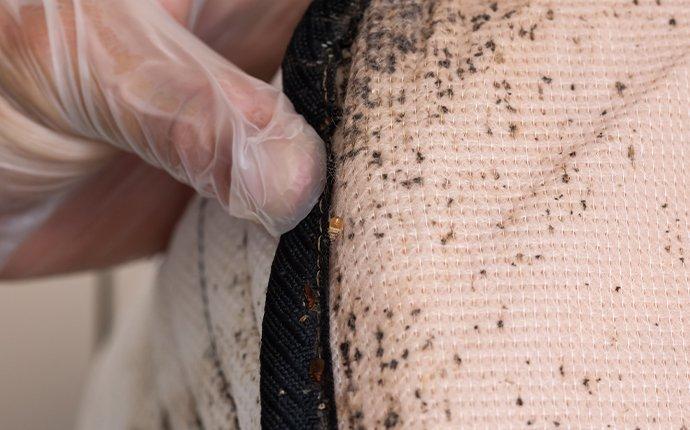
Understanding the Benefits of Mattress Covers
 Mattress covers are an essential part of maintaining a clean and healthy sleep environment. Not only do they protect your mattress from stains and spills, but they also play a crucial role in preventing bed bugs. These tiny pests can easily infest your mattress and cause a lot of discomfort and frustration. However, with the right
mattress cover
, you can effectively keep them at bay.
Mattress covers are an essential part of maintaining a clean and healthy sleep environment. Not only do they protect your mattress from stains and spills, but they also play a crucial role in preventing bed bugs. These tiny pests can easily infest your mattress and cause a lot of discomfort and frustration. However, with the right
mattress cover
, you can effectively keep them at bay.
Creating a Barrier
 One of the main ways that a
mattress cover
prevents bed bugs is by creating a barrier between you and the mattress. Bed bugs are small and flat, making it easy for them to hide and move around. By encasing your mattress in a cover, you are essentially sealing it off and eliminating any potential hiding spots for bed bugs. This makes it difficult for them to infest your mattress and makes it easier for you to spot any signs of an infestation.
One of the main ways that a
mattress cover
prevents bed bugs is by creating a barrier between you and the mattress. Bed bugs are small and flat, making it easy for them to hide and move around. By encasing your mattress in a cover, you are essentially sealing it off and eliminating any potential hiding spots for bed bugs. This makes it difficult for them to infest your mattress and makes it easier for you to spot any signs of an infestation.
Preventing Infestations
 A
mattress cover
not only acts as a barrier but also prevents bed bugs from infesting your mattress in the first place. Bed bugs are known to lay eggs in mattresses, and once they hatch, they can quickly spread and multiply. However, with a mattress cover, they are unable to lay eggs or access your mattress, effectively stopping an infestation from occurring. This is especially useful for those who travel frequently and may unknowingly bring bed bugs into their homes.
A
mattress cover
not only acts as a barrier but also prevents bed bugs from infesting your mattress in the first place. Bed bugs are known to lay eggs in mattresses, and once they hatch, they can quickly spread and multiply. However, with a mattress cover, they are unable to lay eggs or access your mattress, effectively stopping an infestation from occurring. This is especially useful for those who travel frequently and may unknowingly bring bed bugs into their homes.
Easy to Clean and Maintain
 One of the best things about
mattress covers
is that they are easy to clean and maintain. They can be removed and washed regularly, preventing any potential bed bugs or their eggs from surviving and causing an infestation. This also helps in keeping your mattress clean and prolonging its lifespan, saving you money in the long run.
One of the best things about
mattress covers
is that they are easy to clean and maintain. They can be removed and washed regularly, preventing any potential bed bugs or their eggs from surviving and causing an infestation. This also helps in keeping your mattress clean and prolonging its lifespan, saving you money in the long run.
Final Thoughts
 Investing in a good quality
mattress cover
is a wise decision for anyone looking to prevent bed bugs. It not only protects your mattress but also creates a barrier and prevents infestations. So, if you want to ensure a clean and healthy sleep environment, consider adding a
mattress cover
to your bedding essentials.
Investing in a good quality
mattress cover
is a wise decision for anyone looking to prevent bed bugs. It not only protects your mattress but also creates a barrier and prevents infestations. So, if you want to ensure a clean and healthy sleep environment, consider adding a
mattress cover
to your bedding essentials.


